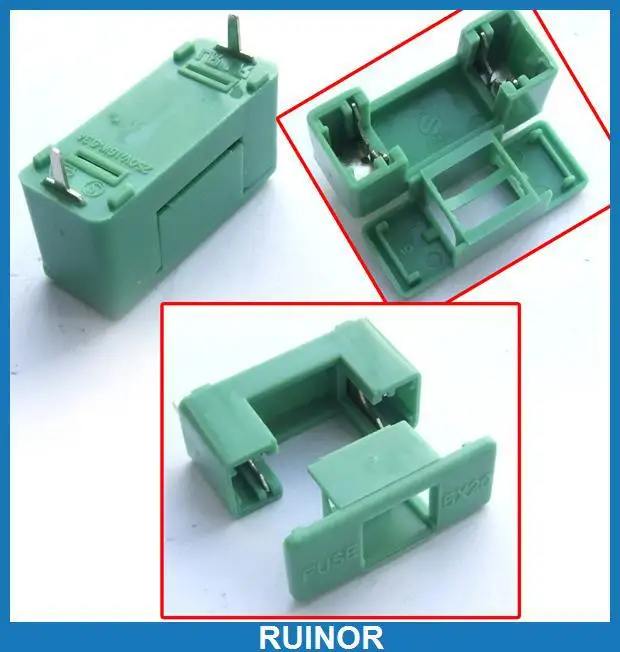

Since FUSE file systems are regular applications (as opposed to kernel extensions), you have just as much flexibility and choice in programming tools, debuggers, and libraries as you have if you were developing standard macOS applications. Writing a file system using FUSE is orders of magnitude easier and quicker than the traditional approach of writing in-kernel file systems. The content of these file systems can come from anywhere: from the local disk, from across the network, from memory, or any other combination of sources. Legacy MacFUSE file systems are supported through the optional MacFUSE compatibility layer.Īs a developer, you can use the FUSE SDK to write numerous types of new file systems as regular user space programs. It is a successor to MacFUSE, which has been used as a software building block by dozens of products, but is no longer being maintained.Īs a user, installing the FUSE for macOS software package will let you use any third-party FUSE file system. Stack Exchange network consists of 177 Q&A communities including Stack Overflow, the largest, most trusted online community for developers to learn, share.įUSE for macOS (was OSXFUSE) allows you to extend macOS's native file handling capabilities via third-party file systems.Use your administrator password to continue. With this setting, you will be able to update FUSE easily from your System Preferences later. When you arrive on this screen, check the box left of FUSE for macOS Preference Pane. Click FUSE for macOS.pkg to start the installation.In today's Quick Tip, Melissa Holt's going to discuss how you can use those funny little printed function keys on your Apple keyboard to open the System Preferences pane associated with each item.

#Fuse for macos preference component how to#
How to Fix System Preferences on Mac OS X | The Easy Way

#Fuse for macos preference component drivers#
Without knowing what the icon looks like, I'm just guess that you've got the FUSE I think you have, but from previous experience, FUSE is a filesystem extension that allows you to read (and maybe write) disks that are formatted in non offical formats using user mode drivers (e.g., to read EXT2/3/4 partitions). Like Sam wrote, you can try to press the uninstall Button in the MacFUSE preference pane but I’m not sure if it will work on High Sierra. I don’t don’t know of any standalone uninstaller for MacFUSE. MacFUSE is the predecessor of FUSE for macOS (osxfuse), but the MacFUSE project died well over six years ago.


 0 kommentar(er)
0 kommentar(er)
